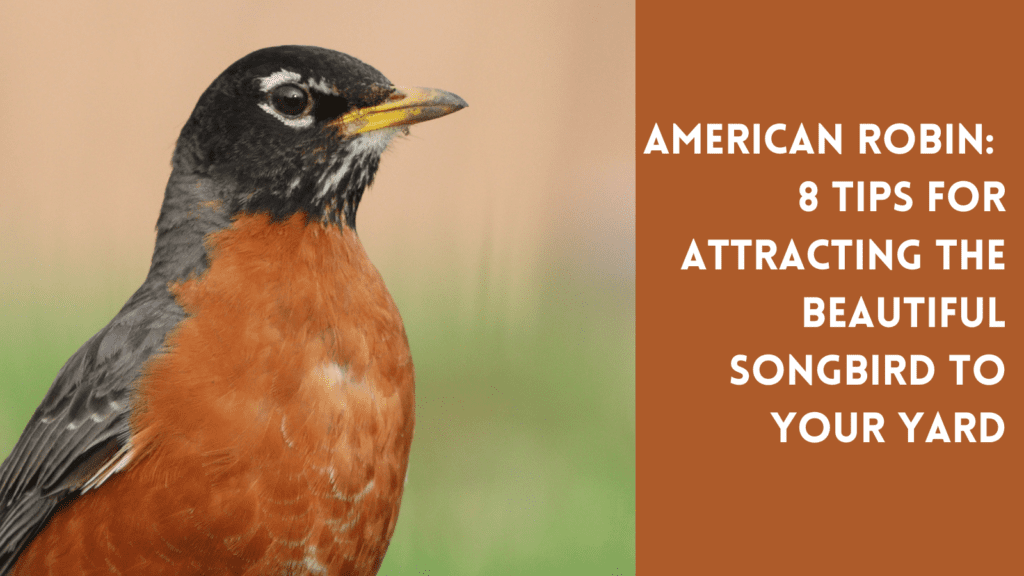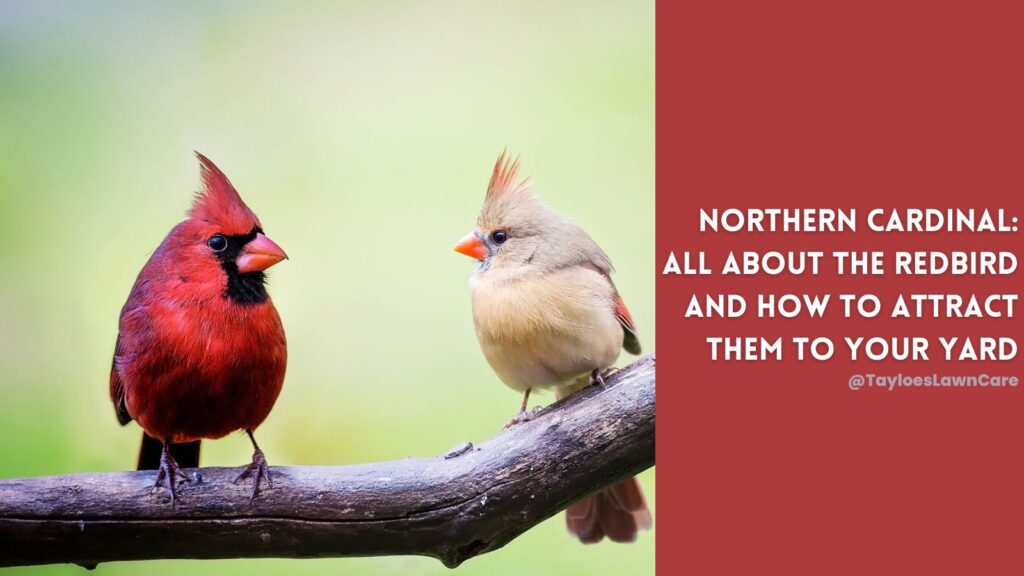Last Updated on: 20th October 2023, 12:07 pm
Your feathered friends need your help in the wintertime.
How should you tend to wild birds during winter’s chilly grasp? These winter bird care tips can help keep your feathered buddies healthy and safe during cold temperatures.
While it’s tempting to provide them with the same budget-friendly seed mix that sustains them in the warmer months, it’s crucial to recognize the changing nutritional demands they face as the mercury drops. In the balmy days of summer, they complement their diet with proteins from sources like worms and insects. But as the cold sets in, these natural protein reserves become scarce. Winter sees them burning more energy—insulating their nests and searching for food become primary activities.
Predators, too, feel the pinch of winter. As food sources become limited, they pose an added threat to our avian companions.
In this article, we’ll look into:
- The ideal winter diet for wild birds.
- The best seed varieties and blends for the season.
- Strategic placement of bird feeders during the cold months.
- The significance of ensuring birds have access to water.
Winter Care Guide for Wild Birds
Aiding your feathered friends in winter is more than just an act of kindness. With these care tips, you can ensure they thrive even in the harshest conditions.

1 – Ensure Accessible Water for Birds During Winter
Every creature, big or small, relies on water for survival. Yet, as winter tightens its grip, natural water sources often become inaccessible to birds due to freezing.
Streams and ponds may turn to ice when the cold is particularly harsh, leaving birds without a means to drink. One effective solution is to invest in a heated water dish. Such a thoughtful act ensures that the birds remain hydrated and benefits other wildlife braving the cold.
By taking this step, you’re aiding your feathered visitors and extending your kindness to other creatures that might frequent your backyard during winter.
2 – Designate a Safe Haven for Your Feathered Friends During Winter
Research from the Agricultural Extension Agency at Penn State University emphasizes the importance of re-evaluating your bird feeder locations during winter.
As temperatures drop, the appearance of your garden or backyard transforms. The thick foliage that served as a shield against predators in warmer months now thins out. Therefore, position your bird feeder close to a spot where it’s easily visible from a window and roughly ten feet away from potential protective covers like evergreen bushes.
The underlying idea is simple. Your backyard birds must feel secure, knowing they have a nearby refuge if danger lurks.
3 – Offer Suet Cakes for Optimal Winter Bird Care
Suetet cakes can be the perfect winter treat for birds. Made up of fats and seeds, suet cakes deliver the extra calories birds require to brave the cold while engaging in activities like nesting, foraging, and keeping warm.
Although many bird enthusiasts typically hang suet cakes in cages or baskets, they can also be conveniently placed on tray feeders.
Woodpeckers, in particular, have an affinity for suet. If you’re lucky enough to have these industrious birds in your vicinity, consider affixing a suet basket to a tree trunk for them. Remember, they’re tirelessly at work, pecking away throughout the year, which means they burn a lot of energy.
However, a word of caution about suet cakes: owing to their high-fat composition, they can spoil, especially in milder winter climates. If a week passes and the suet remains untouched, it’s time to offer a fresh batch to ensure the health and safety of your avian visitors.
4 – Tailored Winter Bird Seeds for Different Species
The kind of birds you attract during winter largely depends on your geographical location. The Swain County Extension Center has outlined some of the most favored seeds and nuts for various bird species during the cold months.

Sunflower Seeds
A favorite for many, sunflower seeds attract a diverse group of birds, including the following:
- Blue Jays
- Black-capped and Carolina Chickadees
- Cardinals
- Both Purple and House Finches
- American Goldfinches
- Evening and Pine Grosbeaks
- Nuthatches
- Crossbills
- Tufted Titmice
Peanuts
Though technically legumes and most closely related to beans, peanuts are protein-rich. The high protein content makes them an excellent food source for birds. The following species are particularly fond of peanuts:
- Black-capped Chickadees
- Nuthatches
- Blue Jays
- Woodpeckers
- Cardinals
Millet
This tiny grain is rich in essential minerals, notably calcium, vital for maintaining beak health. It’s a favorite treat among smaller birds such as:
- Mourning Doves
- Various Sparrows (e.g., White-throated, Golden-crowned)
- Goldfinches
- House Finches
- Purple Finches
5 – Personalized Seed Mixes for Your Winter Birds
Have you noticed specific bird species frequenting your feeders more than others? Consider tailoring your seed offerings for them.
Enhancing a standard store-bought seed mix with some of the seeds favored by these frequent visitors will make your feeders even more popular. After all, if you provide their favorite seeds and nuts, they will undoubtedly flock to your offerings.
6 – The Wonders of Peanut Butter in Bird Feeding
Peanut butter isn’t just a delightful treat for humans; birds love it too! Rich in healthy peanut oil and packed with additional calories, it’s an excellent alternative for those who aren’t fans of the suet cake aroma. Spread a couple of tablespoons on a ledge feeder.
For a fun DIY project, grab a pinecone, slather it in a big dollop of peanut butter, and roll it in birdseed or crushed sunflower seeds and peanuts. Then, using a large embroidery needle, pierce a small hole and thread through a strong string or heavy-duty thread. Hang it from a tree branch. sit back, and enjoy the show.
Based on my personal experience, chickadees can’t resist this enticing treat and may appear in moments.
7 – Shelter from the Storm: Offering Safe Havens
Winter winds, especially during storms, can be brutal, easily dislodging nests from trees, particularly when trees lack the protective barrier of leaves. Consider setting up birdhouses to ensure your feathered friends have a safe refuge. Locate them in sheltered areas of your garden, away from gusty winds and potential predators, providing a safe and warm spot for birds to weather the storm.

Final Thoughts: Winter Bird Care is Crucial, Perhaps Even More Than Summer
Summer might be the more convenient time to cater to our feathered friends, but winter is when they genuinely require our support. Caring for birds in the chilly months might mean braving the cold, but it also promises heartwarming moments. So, after you prepare their feed, settle down by the window with a hot coffee or a mug of cocoa and indulge in the serene winter spectacle they offer.
If you’ve discovered any additional winter bird care insights, we’d love to hear them! Do share on social media – we’re always eager to learn more!
The weather might be frightful, but we’re planning for spring – how delightful! If you have an upcoming lawn or garden project requiring extra help, contact Tayloe’s Lawn Care Services. You can connect on Facebook or at 252.287.3376. We are glad to help!
Author Profile

- Deborah Tayloe is the CEO and co-founder of Tayloe's Lawn Care Services, LLC. She has a B.S.Ed and holds certificates in soil and water management and herbology from accredited programs.
Latest entries
 GardeningSeptember 27, 2025What perennials, shrubs, and trees don’t like fall pruning (and why)?
GardeningSeptember 27, 2025What perennials, shrubs, and trees don’t like fall pruning (and why)? Trees and ShrubsSeptember 14, 2025Fall Shrub Pruning Guide (September–October)
Trees and ShrubsSeptember 14, 2025Fall Shrub Pruning Guide (September–October) Trees and ShrubsApril 22, 2025Boxwood Blight: Early identification and isolation
Trees and ShrubsApril 22, 2025Boxwood Blight: Early identification and isolation Flower GardenApril 8, 2025John F. Kennedy Rose: Hybrid tea rose with elegant white blooms
Flower GardenApril 8, 2025John F. Kennedy Rose: Hybrid tea rose with elegant white blooms




